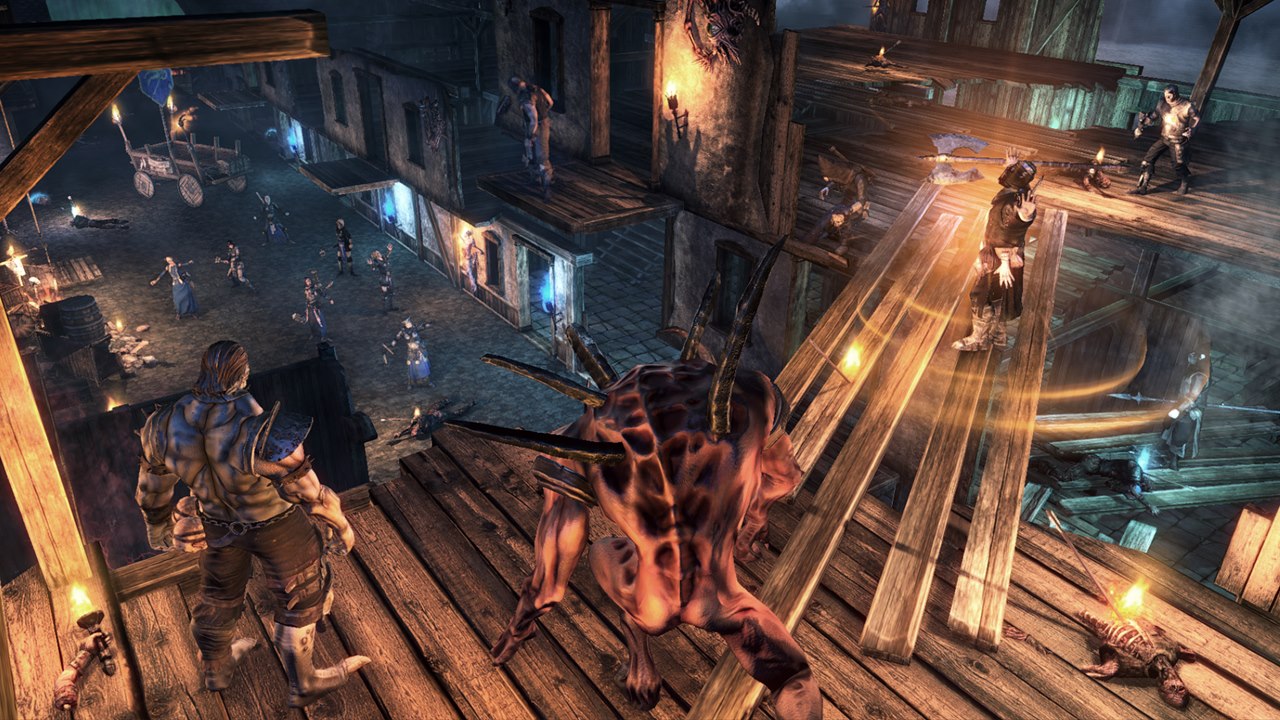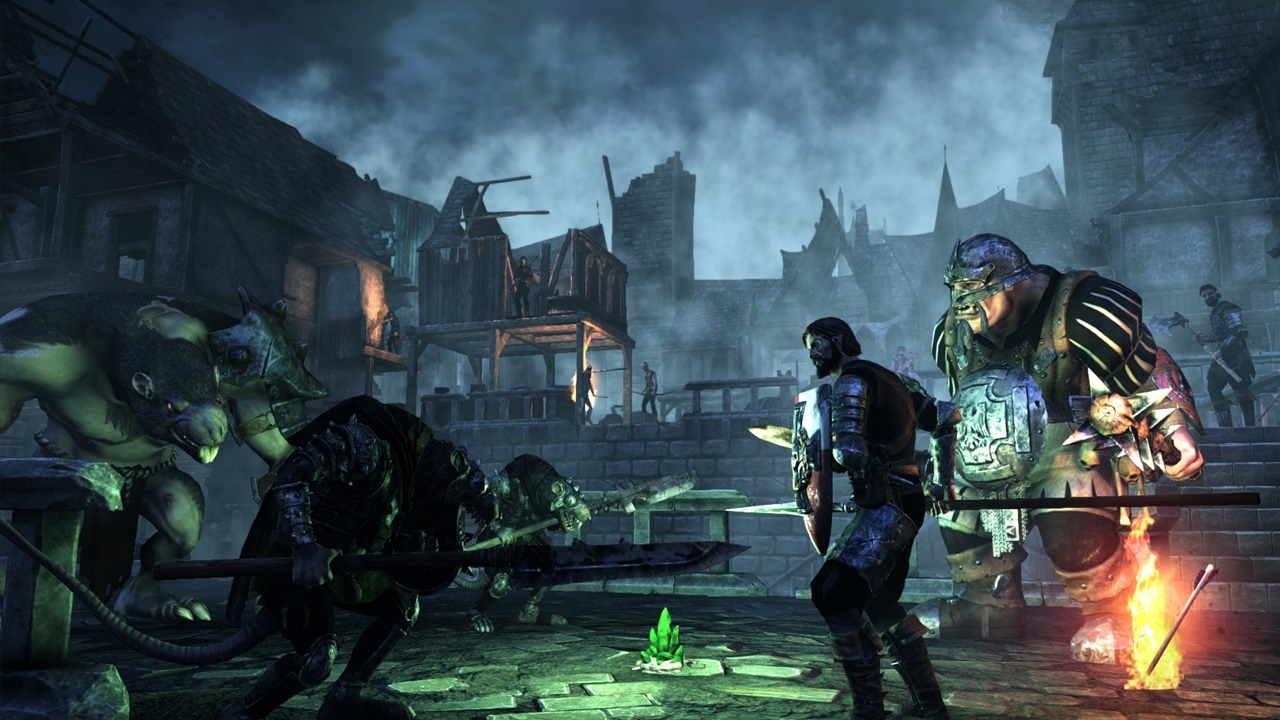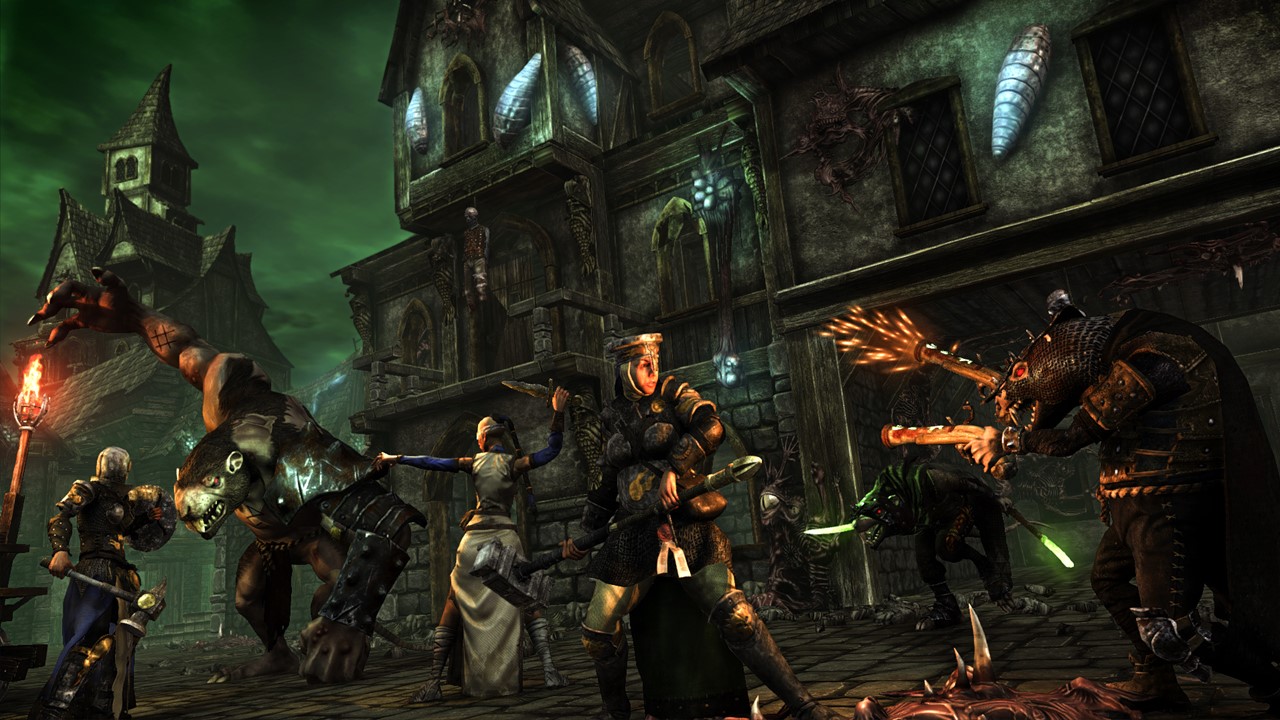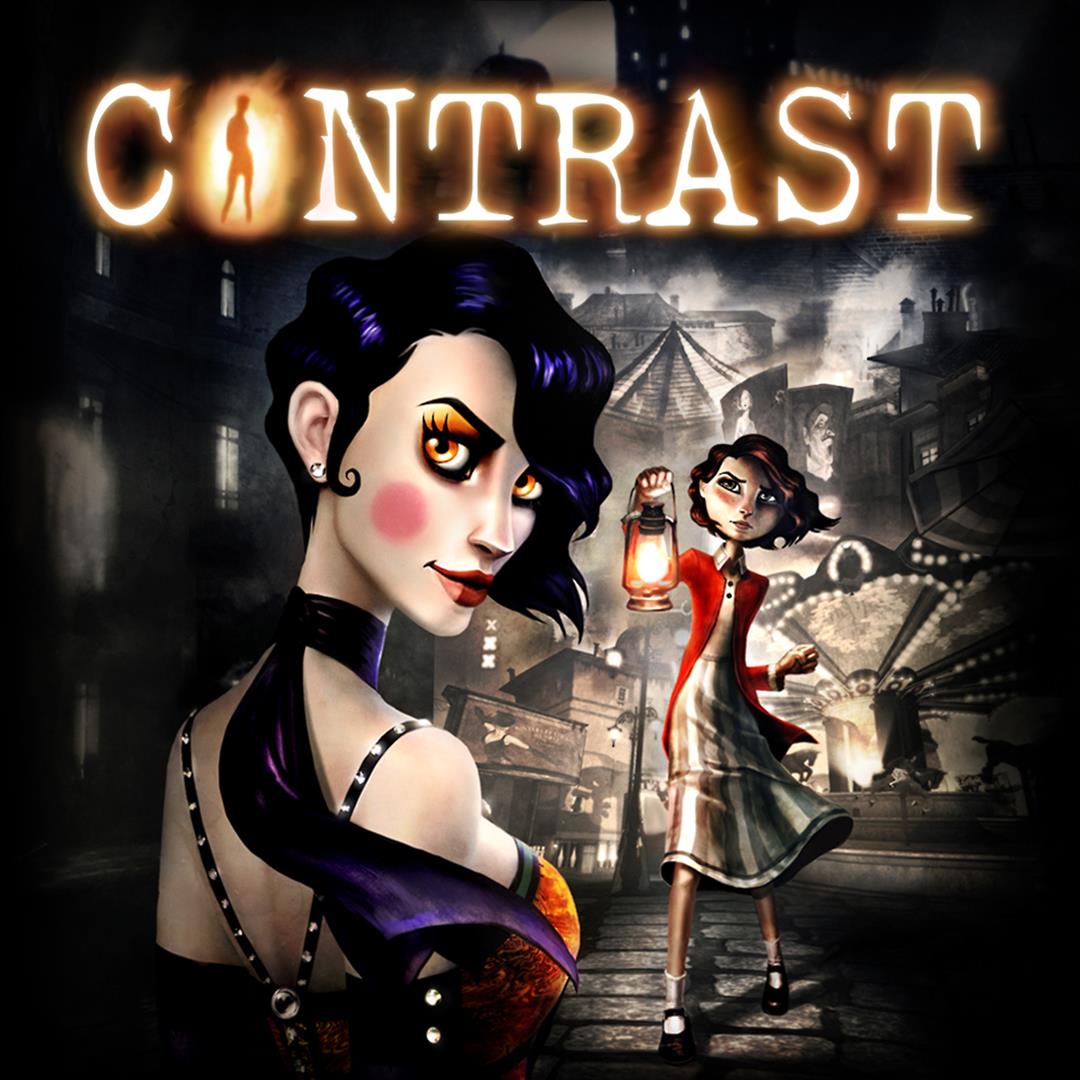Outnumbered three-to-two, my luck was running out. One of my party, a pistol toting Skaver was trapped on a ledge, with nowhere to run. The other, a lumbering rat ogre brute, at least stood had some chance of fending off the two enemy attackers that had cornered it. The fate of my Warband all hinged on the roll of a dice. Unfortunately, chance was not on my side and before the round had even ended, my last remaining pieces on the board were wiped out. I’d have been gracious in my defeat, if not for the fact I’d been playing the through the tutorial all this time.
Based upon the Games Workshop tabletop of the same name, Mordheim: City of the Damned focuses on small-scale skirmishes as opposed to the all-out war depicted in its parent series. Developed by Rogue Factor, this turn-based strategy is about as hardcore as they come. But while this unrelenting dark fantasy may appeal to some die-hard fans of board gaming, make no mistake that this is Warhammer at its most morbid.
Once a haven for greed and debauchery, Mordheim was devastated by a twin-tailed comet, thought to be judgement from the gods. After the impact, all that remained within the ruins were wyrdstones, fragments of the comet said to contain the immense power of Chaos. Now the city is a battleground, as rival Warbands go head-to-head in order to secure the power of the wyrdstones for themselves.
These deep cuts from this lesser-known Warhammer spin-off aren’t exclusive to the mythology, as the gameplay also does what it can to stick to the rules set out by it’s tabletop counterpart. But even those familiar with the Mordheim handbook will struggle to get to grips with this almost word-for-word translation. Much of the gameplay hinges on number crunching and luck, and watching your warband succumb to defeat all thanks to the roll of the dice makes for a frustrating experience.
There are five warbands to choose from at the beginning of the campaign, each with their own perks and attributes that dictate their behaviour on the battlefield. For example, while the human mercenaries are the most well-rounded of the bunch and ideal for newcomers, the rat-like Skaven make up for a lack of physical might with a healthy agility bonus that gives them extra speed and movement skills around the map. Strength and weaknesses aside, each faction also brings their own specific story missions to the table, giving you plenty of reasons to experiment, provided you can get the hang of the detailed and often alienating gameplay.
In many respects, Mordheim operates in similar fashion to 2K Games’ most recent adaptations of the XCOM series. Each mission unfolds on a turn-by-turn basis, as you and your enemy maneuver around the procedural generated map in order to fulfil certain objectives. Squad members are individually assigned movement and action points that can be used to position themselves, interact with objects such as wyrdstones and chests, and attack enemy units. Defensive positions can be adopted, such as an overwatch and dodge stances, that give your player some counter-attacking abilities should an enemy unit enter their field of vision.
Eventually, you’ll be forced to fight and unfortunately, it’s during the combat sequences that things start to get a little complicated. The UI becomes filled with numbers and stats, giving you some indication as to which way the skirmish will go. Your equipment, armour, position and even the environment will either work for or against you, depending on the type of enemy unit you are facing off against. It’s a lot to take in and while XCOM managed to present these probabilities in a user-friendly manner, Mordheim clutters up the screen with so many variables that in the end you’ll resort to playing out the scenario and dealing with the consequences later.
Planning is crucial so before embarking on a mission, there’s a little admin work to be done. The Warband Management system provides all the necessary resources to carefully plan your attack and equip the right tools for the job. From here you’ll not only be able to access the various game modes on offer, such as the campaign and online skirmishes, but also recruit soldiers for your cause, purchase weapons, and even subscribe to various bonus bounties from the aptly-named Smuggler’s Den. However, once again many of these menus and options are presented through endless numbers and lists, each more complex than the last. For some, it’s an armchair generals dream-come-true. For others, it turns what should be relatively straight forward experience into a number-crunching nightmare.
The consequences of your actions will also impact the effectiveness of your squad in later missions. Defeating enemies and completing objectives will award your soldiers with experience that can be used to level them up. Conversely, should they be wounded in battle, then you’ll have to stump up the cost of their treatment and endure a time penalty between missions in order to restore them to full health. And when you’re up against the clock to fulfil certain bounties and side-quests, time nor money are resources you can afford to waste.
There are two types of missions available throughout the game. The first is a general skirmish that gives you the chance to give your soldiers some field experience while they face-off against an enemy team and gather resources in the process. The second are story-driven campaign missions that introduce plot specific objectives into the mix. These mission types are much more engaging as they not only change up the repetitive gameplay of the skirmish modes, but from time-to-time add a powerful veteran character to the ranks. Victory feels a little more achievable with these strong-armed soldiers by your side, a rare feeling given that this is one of the toughest strategy games around.
To ease you in, Mordheim does offer an in-depth series of tutorials. It should be worth pointing out that because much of what unfolds both in and out of battle relies on stats and luck, studying all twelve of the tutorials before even selecting your Warband will make things much less complicated. That being said, even though you may feel relatively safe within the confines of these practice arenas, the game’s AI does not hold back, so be prepared to try them a few times, even just to get the hang of what’s to come.
While the hardcore nature of the game is relentless, unfortunately the same cannot be said about the game’s presentation. On the one hand, the game succeeds in creating a bleak and tense atmosphere in the spirit of the tabletop. But while it’s fun to see the plastic units spring to life, they don’t quite live up to the potential the PlayStation 4 has to offer. Even when considering that Mordheim has been ported from its PC origins, the painfully slow loading screens are a chore to sit through. Add on top of that the game itself is designed to run at a relatively slow pace and the you get an experience that will, on the whole, test your patience.
Overall, Mordheim: City of the Damned is one tough nut to crack. While the unwavering difficulty will put off newcomers to the series, even the complexities and details that hardened tabletop fans have come to enjoy will be lost amidst the slow gameplay, clumsy controls and unfriendly user interface. Caught up in a web of its own intricacies, this is one Games Workshop adaptation that can’t escape from its own weighty rule book.
REVIEW CODE: A complimentary Sony Playstation 4 code was provided to Bonus Stage for this review. Please send all review code enquiries to press@4gn.co.uk.
Subscribe to our mailing list
Get the latest game reviews, news, features, and more straight to your inbox
Thank you for subscribing to Bonus Stage.
Something went wrong.
-
Gameplay - /10
0/10
-
Graphics - /10
0/10
-
Sound - /10
0/10
-
Replay Value - /10
0/10









